
The History of Butternut Squash
2 de August de 2021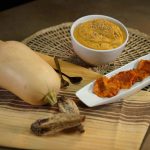




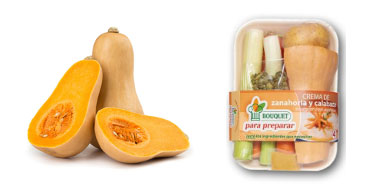
When you think about buying butternut squash, the first thing that probably comes to mind is a whole, fresh one. At the supermarket, you’ll often find it this way, or sometimes pre-cut and included in mixed vegetable packs. But in fact, there are many more formats available on the shelves—some quite new and original—which can make it much easier to include squash in your meals.
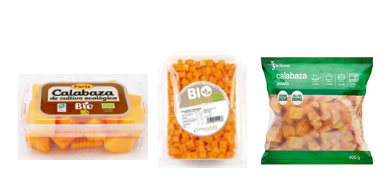
We know that for many people, peeling squash can feel like a daunting task. If that’s the case for you, check out our “Discover” section where we share helpful tips to make peeling easier—so you don’t fall out with our favourite vegetable! But if you’d rather skip this step altogether, supermarkets also stock it pre-cut, washed, and packaged—both fresh and frozen—so you can go straight to cooking.
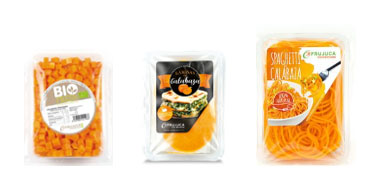
These new formats help us create delicious and original dishes, such as squash spaghetti, diced cubes, or thin slices perfect for recipes like lasagne.
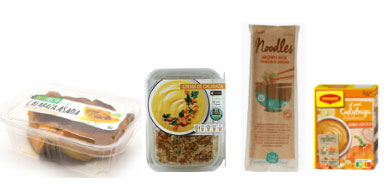
In some cases, you’ll even find it pre-roasted and ready to eat—ideal when you’re short on time. Another convenient option is dehydrated squash, available in noodle form or as a powder for making soups and purées—perfect for quick, hassle-free meals.
If you’re looking for products that include squash, you’re in luck. You’ll find it in a wide range of chilled and frozen foods: meatballs, croquettes, veggie burgers, stuffed pasta, purées, mousses, and even in combinations with grains like quinoa. Butternut squash blends beautifully with other ingredients for quick, easy and healthy meals.
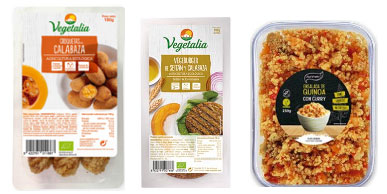

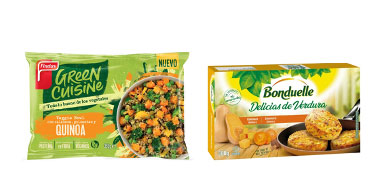
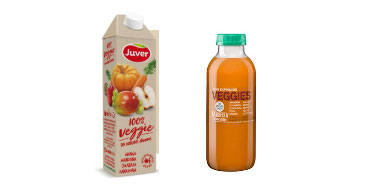
It’s so versatile that it even appears in drinks and juices, paired with other fruits and vegetables to create refreshing beverages packed with nutrition.

And thanks to its natural sweetness, squash is perfect for sweet products like jams and cakes.
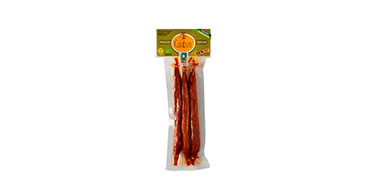
Did you know there’s even squash-based sausage? In large supermarkets and food stores you can find innovative products like Calabizo, a vegan squash sausage that’s lighter and more nutritious than traditional cured meats.
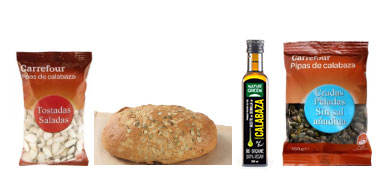
Don’t Forget the Seeds. We’ve already told you in another article about the many health benefits of squash seeds, found at the heart of the vegetable. In shops, they’re available in various forms—salted, raw, or shelled. They’re great for topping off dishes with a crunchy and healthy twist, and they work wonderfully in breads and baked goods, many of which are also available ready to eat. And from those very seeds we also get squash seed oil—perfect for salads and dressings, adding a subtle flavour and nutritional boost to your meals.
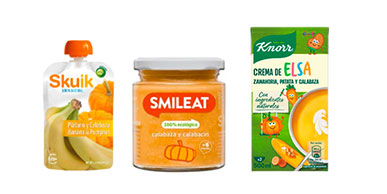
Thanks to its many nutrients and health benefits, butternut squash is an excellent food for children. It’s full of essential vitamins and minerals, high in fibre to support digestion, and has a naturally sweet taste that makes it perfect for babies and young children. You can prepare it yourself or look for ready-made baby food in the supermarket—just as nutritious and gentle on little taste buds.
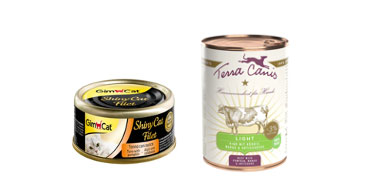
Believe it or not, squash is suitable for the whole family—including your furry friends. Thanks to its high fibre content and low calories, it’s often used in light pet foods or those formulated for digestive issues.

What about exploring beyond the supermarket? We did—and found real gems like roasted squash ice cream and pumpkin bread. These artisanal, traditional products can sometimes be found in small bakeries or gelato shops. There’s even squash beer and gin!
Butternut squash is the trending ingredient. Choose your favourite format and enjoy it!